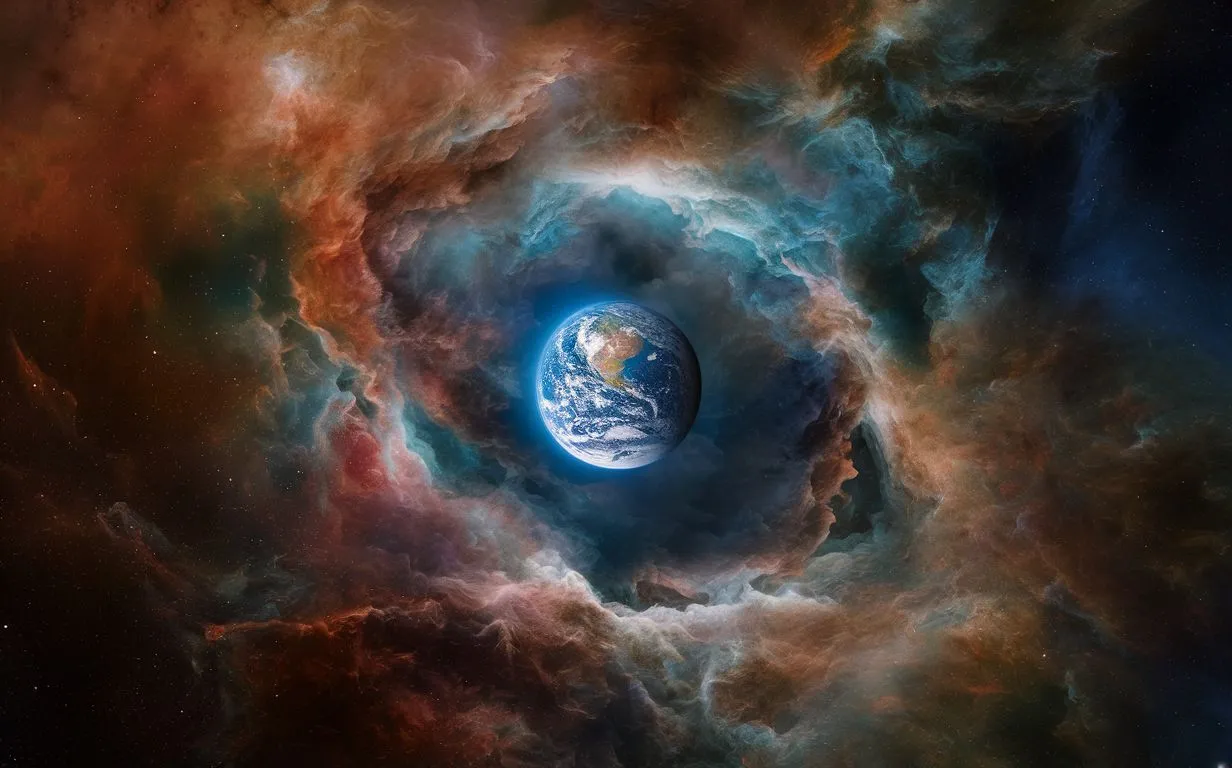The Earth may have passed through an interstellar cloud, altering its atmosphere
Follow us on Google News (click on ☆)

At that time, early human ancestors shared our planet with prehistoric animals like mastodons and saber-toothed tigers. This period coincides with an ice age influenced by various factors such as Earth's tilt, carbon dioxide levels, and tectonic and volcanic activities.
Researchers suggest that the Solar System may have passed through a dense region of interstellar gas and dust, disrupting the solar wind. This disruption could have compressed the heliosphere, the protective bubble of plasma around the Solar System, exposing the Earth to galactic radiation and particles.
"This paper is the first to show quantitatively that there was an encounter between the Sun and something outside the Solar System that could have affected Earth's climate," said Merav Opher, a space physicist at Boston University.

A diagram showing the heliosphere protecting the Solar System from the dense and cold conditions of the interstellar medium.
Credit: Southwest Research Institute
The heliosphere protects Earth from radiation and galactic rays that could affect the DNA of living beings. Opher and her team used computer models to visualize the Sun's position two million years ago, revealing that a dense cloud, called the "Local Ribbon of Cold Clouds," might have collided with the heliosphere.
This collision would have left Earth exposed to the interstellar medium, including radioactive elements, remnants of massive stars that died in supernova explosions. This exposure could explain the increased isotopes of iron-60 and plutonium-244 found in ice cores in Antarctica and on the Moon, corresponding to this period.
For now, it is challenging to determine precisely the impact of this interstellar cloud on Earth. The team continues to explore other periods when the Solar System might have passed through dense interstellar clouds to understand their influence on Earth's glaciations.